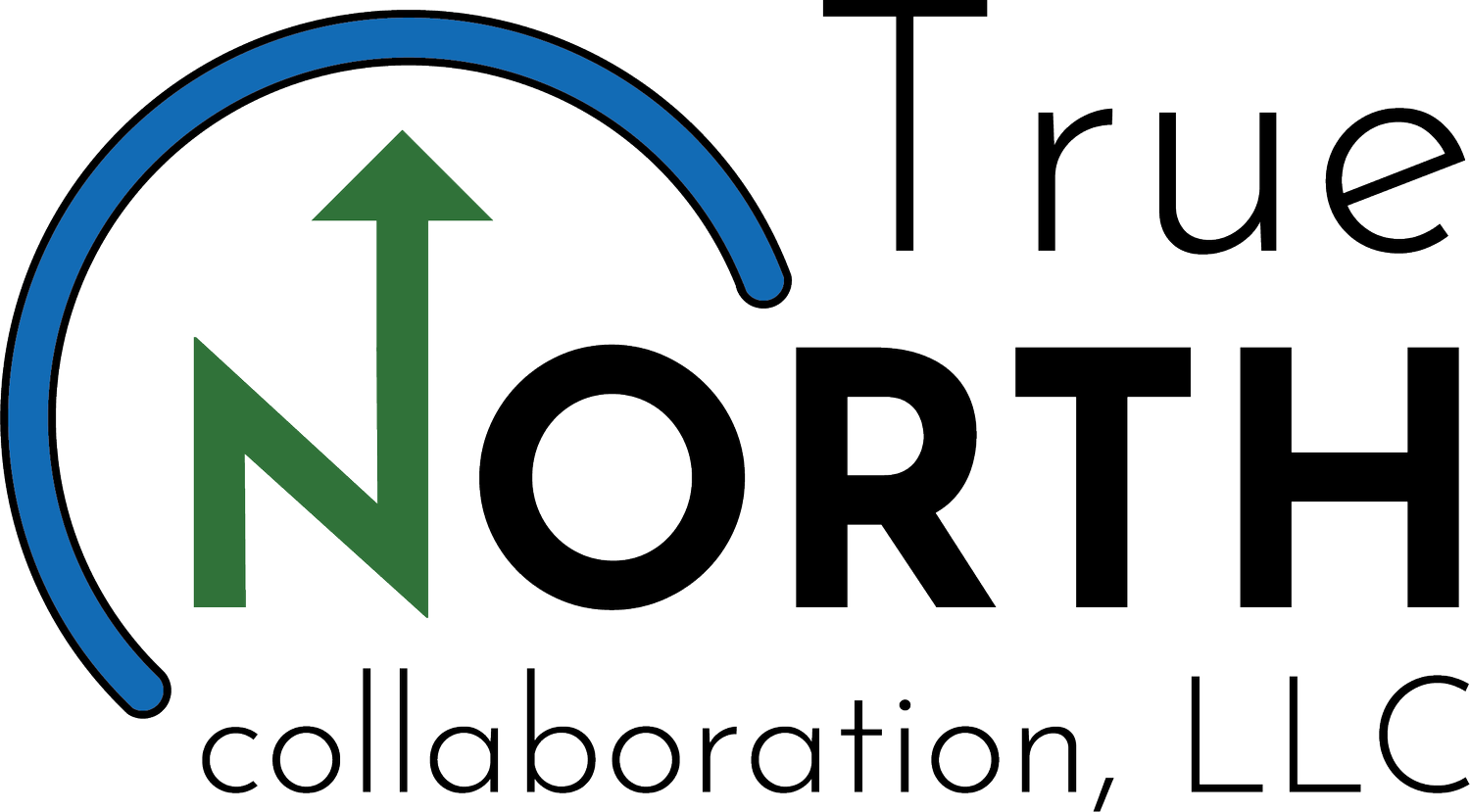Is Your Team Pulling in the Same Direction?
Engage or Stagnate – Unleashing the X Factor of Your Workforce
Employee engagement, often overlooked, holds the key to organizational triumph. Just as premium gasoline improves the power of a high-performance vehicle, a healthy work environment fuels productivity. Yet, many organizations neglect to measure engagement, viewing it as a low-value concern. This mindset stems from leaders who prioritize other priorities over the “people stuff.”
However, when faced with declining growth and dwindling customer satisfaction scores, they begin to realize the impact of disengaged employees. With the average US engagement level at a mere 33%, its clear that a fully engaged team is essential for any business to thrive and grow. Over the past year, True North Collaboration has been working with firms to “up their game” by bringing purpose and energy to the workplace, to literally, get everyone pulling in the same direction.
I share some of the key insights in this transformative blog.
1. KNOW YOUR ENGAGEMENT LEVEL
The quality and quantity of employee engagement is essential to success. However, most people just don’t think about it - much like the quality of the oxygen we breathe. How quickly that perspective changes when there’s a point of comparison (breathing the air in a major city v. the air in a rural village). When breathing that pure crisp air, we notice that we can run faster, leap higher, enjoy life more. We start to recognize that pollution slows us down. The same is true in the workplace. There’s marked difference between a culturally toxic, lethargic work environment and one that is clean and healthy.
Additionally, many organizations view workplace engagement as a commodity. It simply exists. The quantify is typically unknown as most organizations have failed to measure it. Again, I’ll use an oxygen comparison. A person going through an average day probably doesn’t spend much time thinking about the quantity of oxygen available to them… but the person who’s suffocating is likely obsessed with their oxygen level as they’re watching it run out. In this fashion, engagement is like oxygen – diminished levels can suffocate an organization and cause it to die… or thwart its performance levels.
Many organizations don’t know and frankly, aren’t very worried about the engagement level of its workplace. It’s just “one of those things”. Its quality or quantity is commoditized until it hits the red zone. Leadership is content to live with the dull aches that create disengagement - poor overall communication, inefficient or outdated procedures, lack of transparency in promotional and career advancement policies, inadequate skills training, poor onboarding standards, revolving doors of talent...the list goes on and on. Independently, these challenges are easy to overlook because they are seldom quantified. When viewed comprehensively through the lens of an engagement score, the correlation to business performance becomes hard to ignore.
2. NOT MY JOB…
The other issue involves leadership mindset. Though most C-levels are quick to say that “my people are important”, few have the time (or inclination) to actually “walk the talk.” Many senior execs feel “there are much bigger fish to fry than worry about that “people stuff”. That’s someone else’s job. I really don’t have time to worry about the way people “feel” about the workplace! Are you kidding me? Get real!” Though I find this shocking to hear these comments from C level executives, it’s sadly true. When it comes to priorities, the strategies to improve the level of employee engagement are often found at the bottom of the pile – if they exist at all.
I was speaking with a COO last week and I heard the comments recounted earlier. Interestingly, he had a very different view once we finished our conversation.
I asked him about those “bigger fish” and learned that his firm was not meeting its growth targets and that their customer satisfaction levels were falling through the floor.
When I asked him if employee engagement might be a source of those problems, he took a pause and said, “I really hadn’t thought about that before.” As we talked further, he was able to see that disengaged employees aren’t really fired up about their jobs and, as a result, their contributions fall short of expectations. To solve his business problems, he needed EVERYONE firing on ALL CYLINDERS – not just a few people. He agreed that to solve the problem, he needed to quantify it – which starts by understanding the engagement level.
The average engagement level in the US Is 33%. Think about that for a minute. 2/3 of the workforce (on average of course) is asleep at the wheel. If you’ve been in the workplace at all in the last year or so, I know you’ve felt it. Scary thing is disengagement is contagious. “If my colleagues are kicking back, why shouldn’t I?”
If you are a CEO or COO trying to knock the ball out of the park – can you do it without a fully “amped” team? I don’t think so. Here is the formula that seems to ring true for most firms:
Business Problem = Employee Engagement Problem.
Where you see one, you will ALWAYS see the other. If you understood this as a C-level exec, I think the natural response would be – FIX IT! True North Collaboration can help you do just that. Schedule a free 30 min. discovery call with me.
Learn key insights into employee engagement and the importance of skilled leadership communication by visiting my video resources here.
Here’s a list of some of our most popular resources:
Leading Elevated Conversations
Accelerating Into Leadership
Onboarding Accelerator
Communicating With Influence
